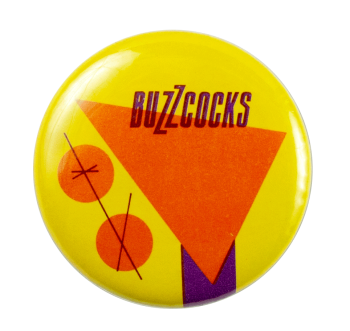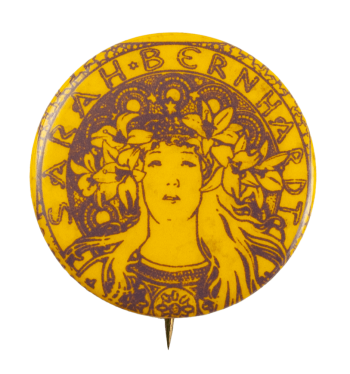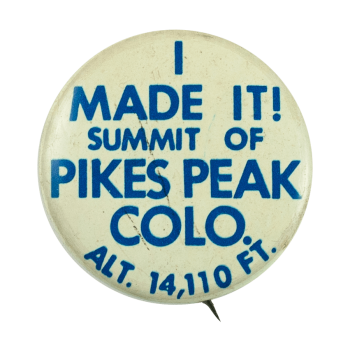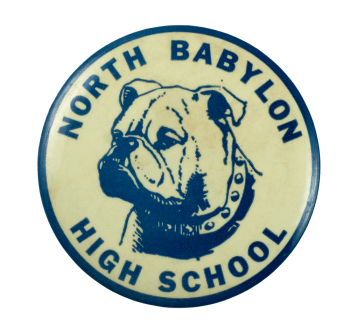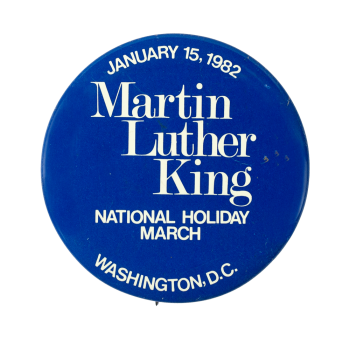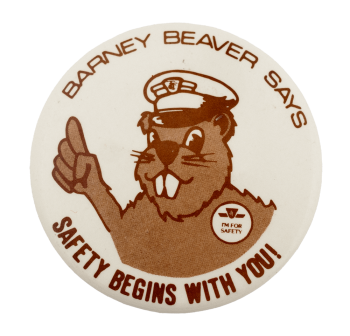Apple Pie Makes You Sterile
| Category | |
|---|---|
| Additional Images | |
| Sub Categories | |
| Text on Button | APPLE PIE MAKES YOU STERILE |
| Image Description | Yellow and black background with yellow and black text |
| Curl Text | HIP PROD. 153 W. NORTH AVE. CHICAGO |
| Back Style | |
| The Shape | |
| The Size | |
| Year / Decade Made | |
| The Manufacturer | |
| Additional Information | One of the many items produced during the counterculture movement of the 1960s, this humorous, pro-sex, anti-government button seemingly pokes fun at the idiom “as American as apple pie”. Follow patriotic ideals, it espouses, and you’ll wind up sterile - both physically and mentally. This button, among other materials such as bumper stickers, banners, and leaflets created by radicals of the era, was of great concern to conservatives, who felt they undermined their own values. |
| Sources |
Eutychus. (1967, July 21). Eutychus and his kin: July 21, 1967. Christianity Today. https://www.christianitytoday.com/ct/1967 july-21/eutychus-and-his-kin.html |
| Catalog ID | IB0875 |





